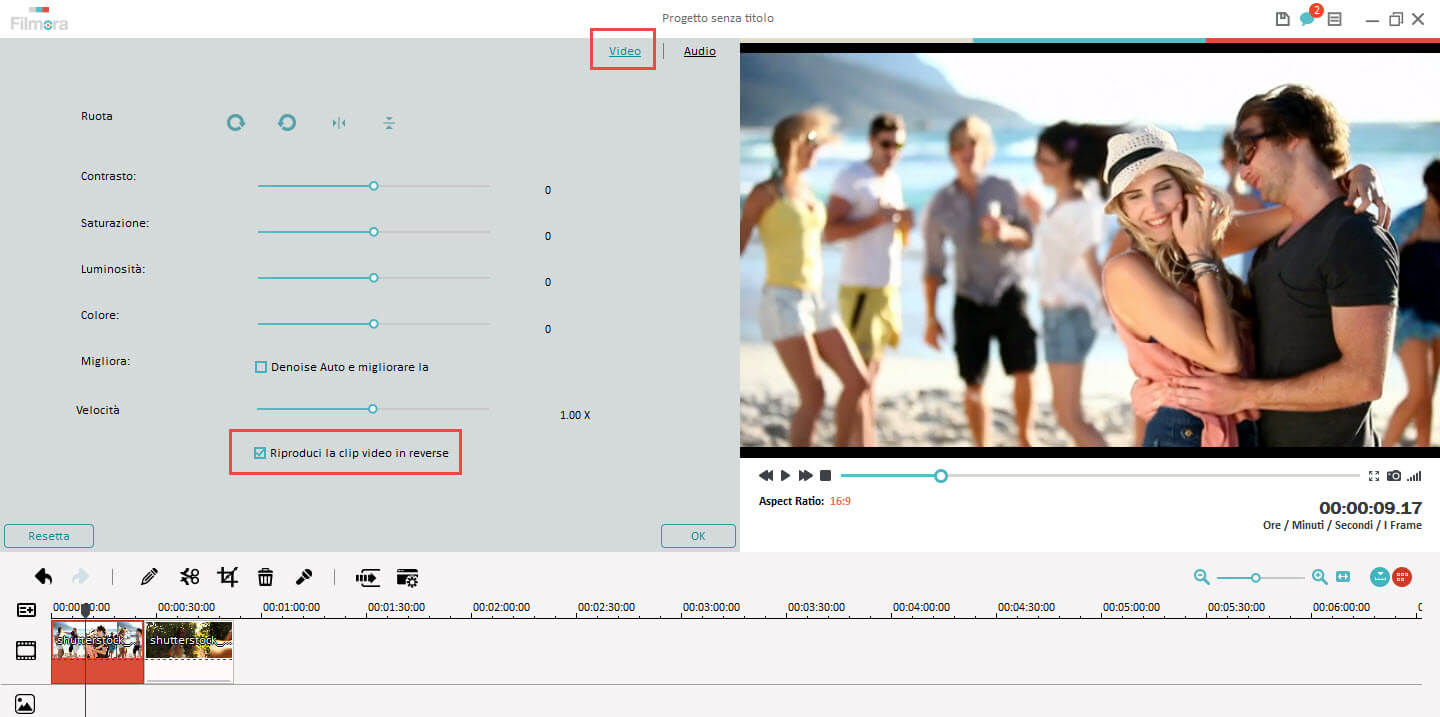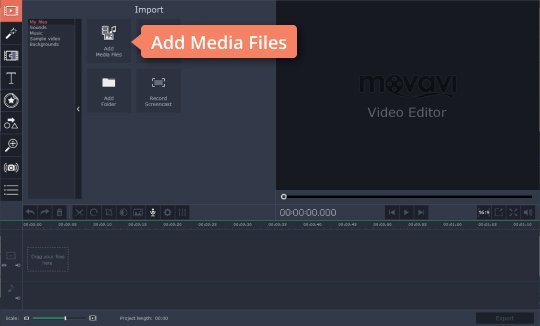
Also, when you set output=True, you'll be able to use stream.write() to write to the speaker. When you set input=True in the p.open() method, you will be able to use stream.read() to read from the microphone.

After we finish recording, we use the built-in wave module to write that WAV audio file into the disk. The above code basically initializes the PyAudio object, and then we open up a stream object that allows us to record from the microphone using stream.read() method. Wf.setsampwidth(p.get_sample_size(FORMAT)) # if you want to hear your voice while recording # the file name output you want to record intoįor i in range(int(sample_rate / chunk * record_seconds)): To record voice, we gonna use the PyAudio library, as it is the most convenient approach: import pyaudio
#PLAY SOUNDS IN REVERSE HOW TO#
Related: How to Extract Audio from Video in Python. If you wish to play audio using PyAudio, check this link. Pydub is quite a popular library, as it isn't only for playing sound, you can use it for different purposes, such as converting audio files, slicing audio, boosting or reducing volume, and much more, check their repository for more information. Note: You need FFmpeg installed on your machine in order to use om_file() function that supports all formats that are supported by FFmpeg.

#PLAY SOUNDS IN REVERSE MP4#
# you can also read from other formats such as MP4 Playsound() function plays the sound in the audio file and blocks until the file reading is completed, you can pass block=False to make the function run asynchronously.Īnother alternative is to use the Pydub library: from pydub import AudioSegment The documentation says that WAV and MP3 extensions are known to work, and they may work for other formats as well. It is basically a pure Python, cross-platform, single function module. Let's install the required libraries for this tutorial: pip3 install playsound pyaudio pydub ffmpeg-python Audio Playerįirst, we gonna start with the most straightforward module here, playsound: from playsound import playsound Many of the applications out there record your voice as well as playing sounds, if you want to do that as well, then you came into the right place, in this tutorial, we will be using different Python libraries to play and record audio in Python.

Disclosure: This post may contain affiliate links, meaning when you click the links and make a purchase, we receive a commission.


 0 kommentar(er)
0 kommentar(er)
